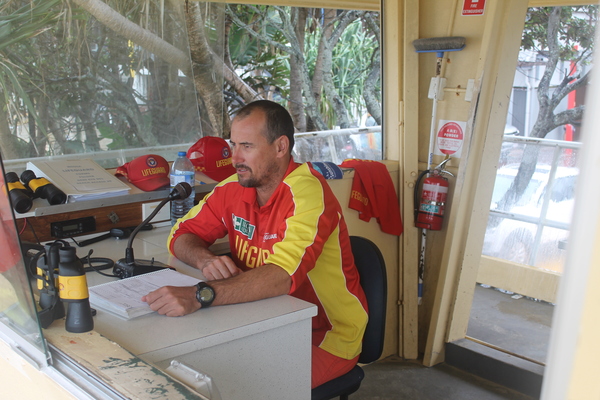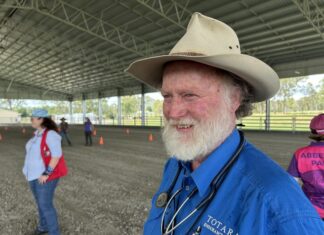By Ron Lane
With the volunteer lifesaving patrol season now over, our beaches will as usual come under the control of our professional lifeguards.
Their service is seven days a week, and don’t forget when you arrive at a patrolled beach the advice is still the same; bathe between the flags and if you have any concerns talk to the lifeguards, in their bright red uniforms.
Don’t hesitate to approach, as talking and giving helpful advice is their job. A part of this is passing on safety tips, in particular to those who want to do the family bit and indulge in a sightseeing walk through our National Park.
To our winter visitors, always remember that there are no patrolled beaches between Noosa and Sunshine Beach. However, if you do decide to risk a swim on one of these lonely beaches, do the right thing – leave the kids on the sand.
With the training of the modern day lifesaver being what it is today, there are now many courses plus experiences that can assist in choosing a career. There are many examples of lifesavers going on to a career in the paramedics, police, defence forces and of course lifeguard.
Because a lot of our young clubbies (lifesavers) really feel at home in the enviorment of beaches, people and kids, their thoughts naturally turn to a career as a lifeguard. So what is involved and what is the difference?
“There are several aspects that they should be aware of,” Noosa’s Senior Lifeguard Adam McKane said. “First of all the fitness level required is much higher; and they are more likely to find themselves working alone on some out-of-the-way beach. Most important of all, they must be prepared to make some big decisions regarding the safety of their patients. The ability to work as either a team man or an individual is of course top priority.”
Adam, affectionately known to his mates as Rowdy, is a lifeguard with some 20 years’ experience. Having started his career by obtaining his bronze medallion as a member of the Warrnambool SLSC in Victoria, he then went on to study for his Bachelor’s degree in Sports Science. After achieving his degree he continued with his love of the beach life and now has to his credit, 17 years at Noosa.
The fitness test for the professional lifeguard is a big step up from the weekend volunteer; remembering that as a clubbie you may be on patrol with 12 others, but as a lifeguard you may be working alone. To start, you are required to perform an 800mt. swim in 14 minutes in the pool. This is followed by what is called the Ocean Mission. A 600mt. M course swim, an 800mt. run, 600mt. M course board paddle and finish with an another 800mt. run; all in a time of 28 minutes.
Add to this there is of course the essential Advanced Resuscitation and First Aid plus a Jet Rescue Ski license; but above all you need to have the personality that remains calm regardless of the circumstances.
A short time ago the three lifeguards who patrol Noosa’s Main Beach were caught in a situation where they were confronted with three suspected spinal injuries at one time at different parts of the beach. ‘’This was indeed a rare situation,” said McKane, “but this is what a young clubbie wanting to become a lifeguard has to be aware of. Responsibility, a cool head, superbly fit and the ability to work alone. If these virtues don’t exist -don’t apply.”
For the winter months, times for lifeguard patrols at our beaches are 7.30am-4.30pm. And remember, when on our beaches, the men in Red are your friends and advisors.







